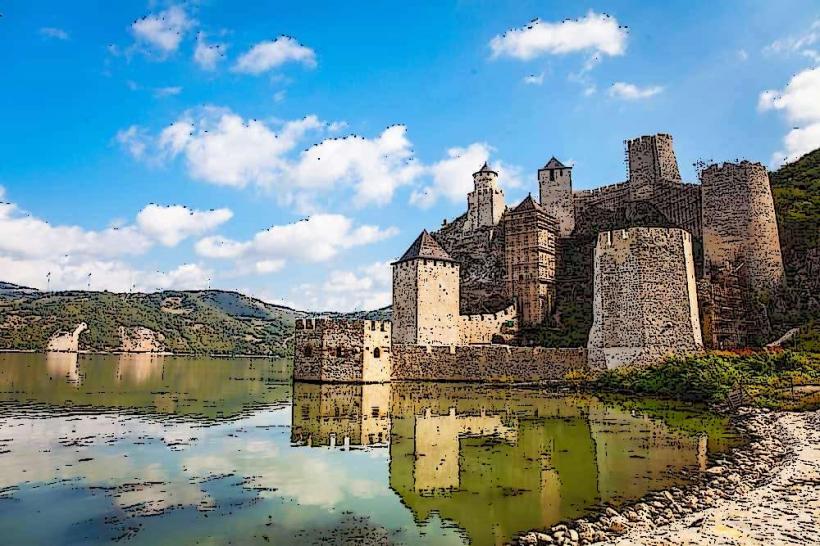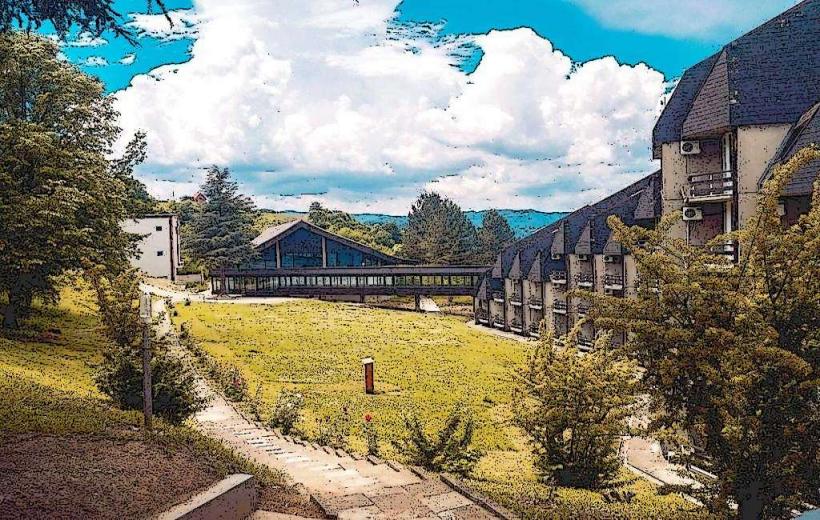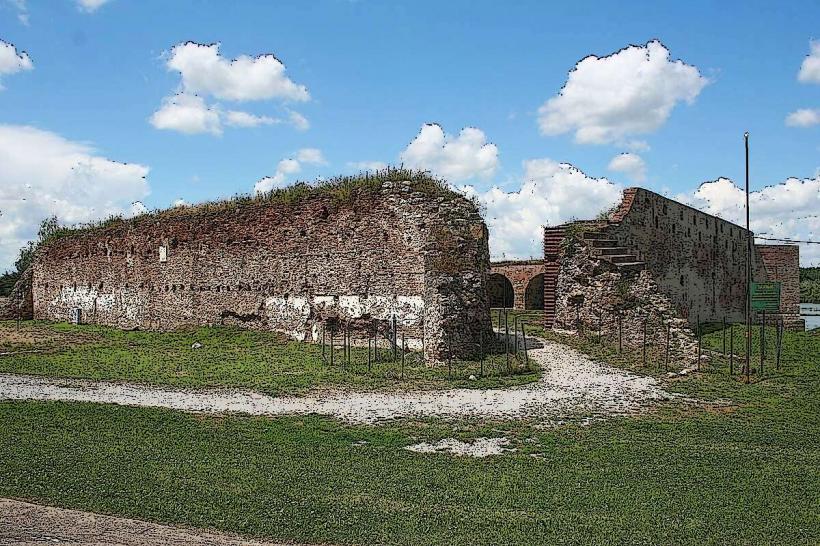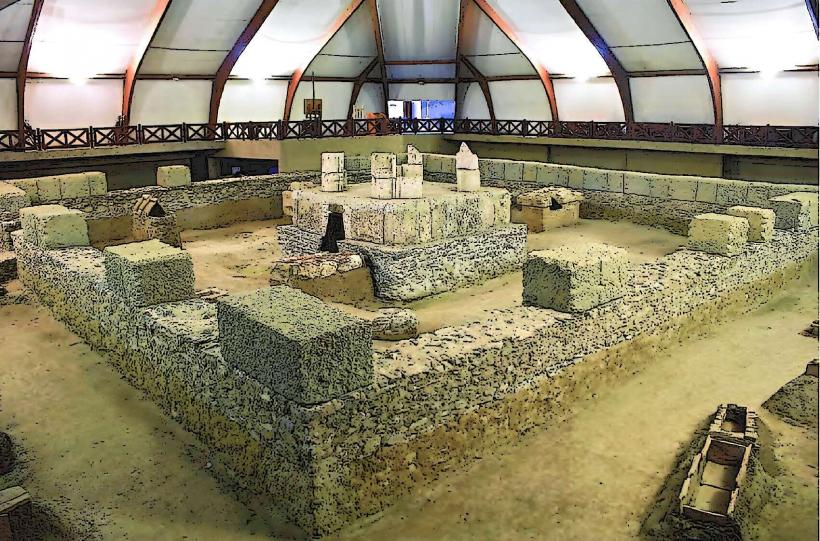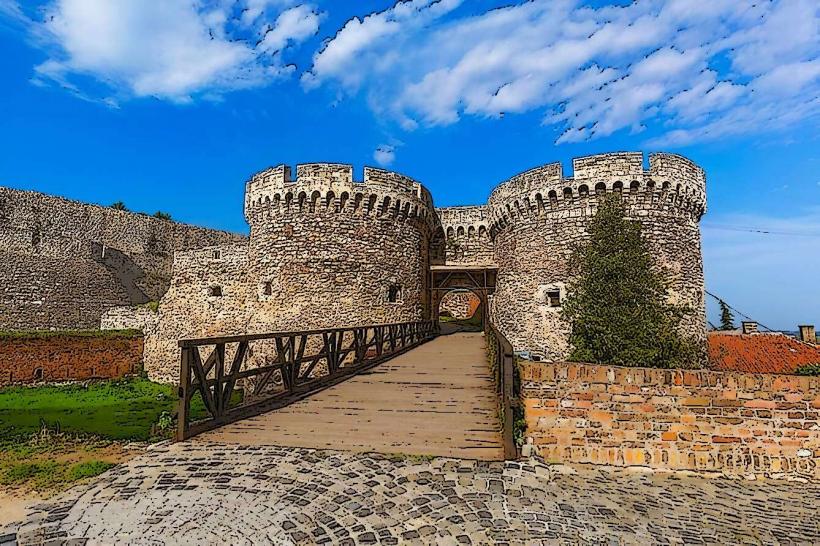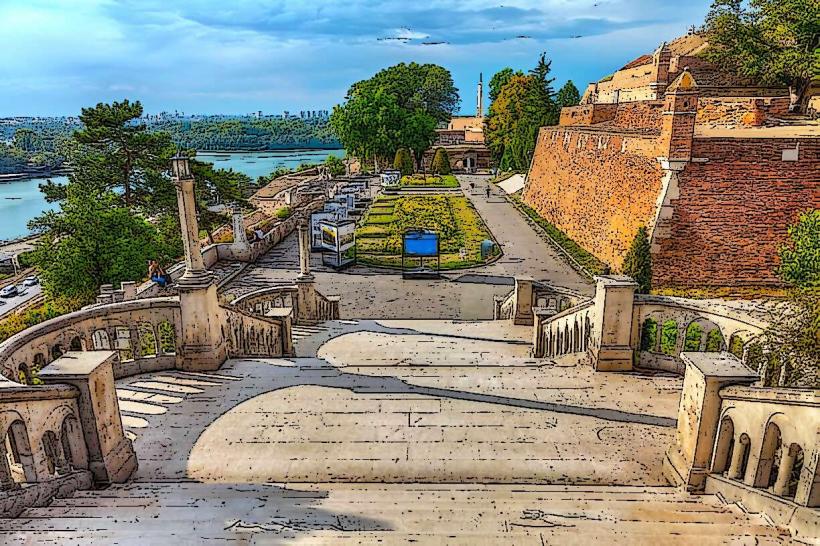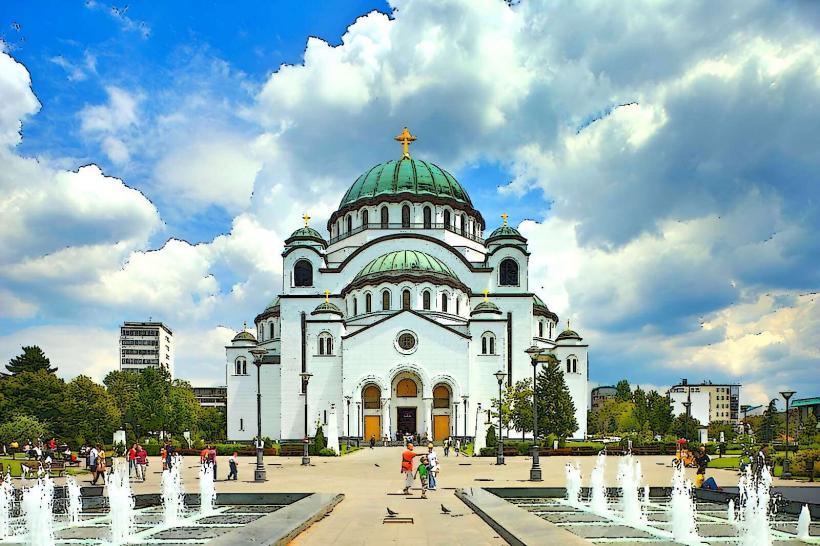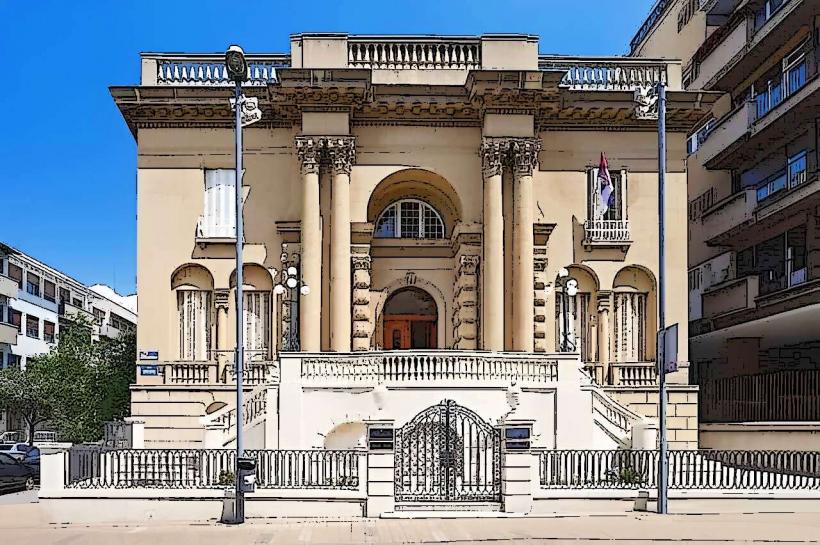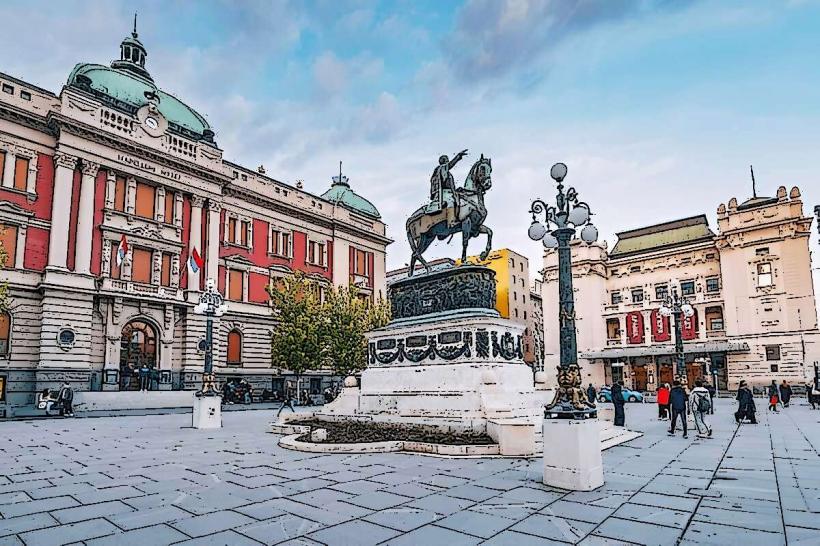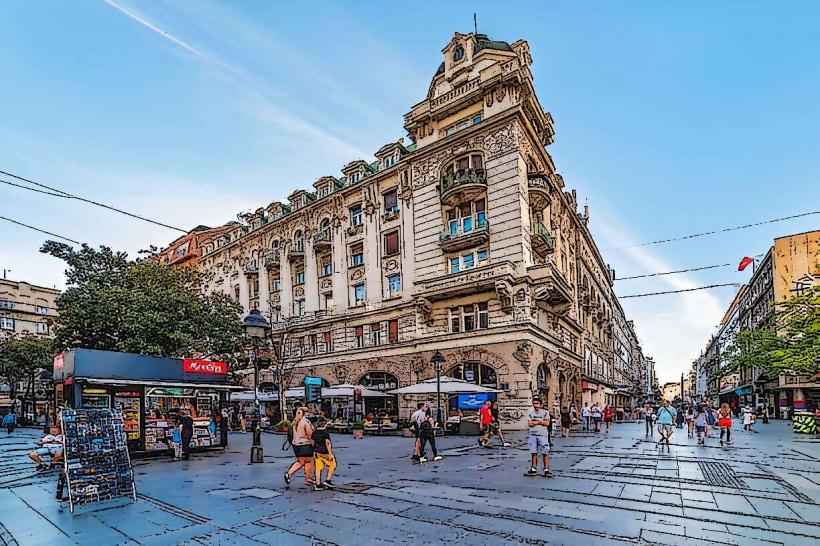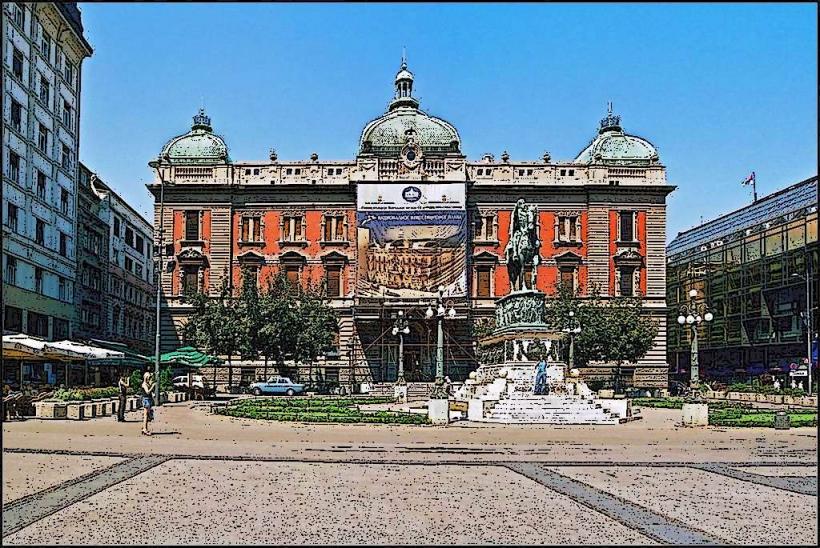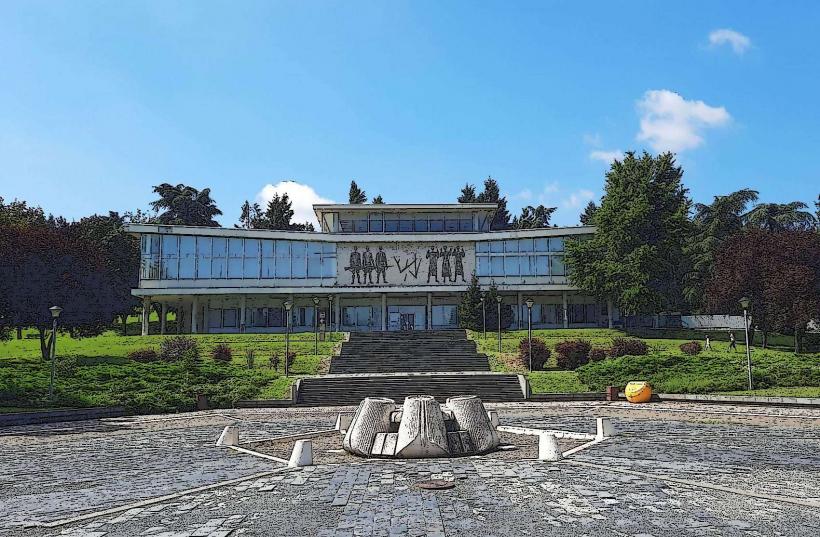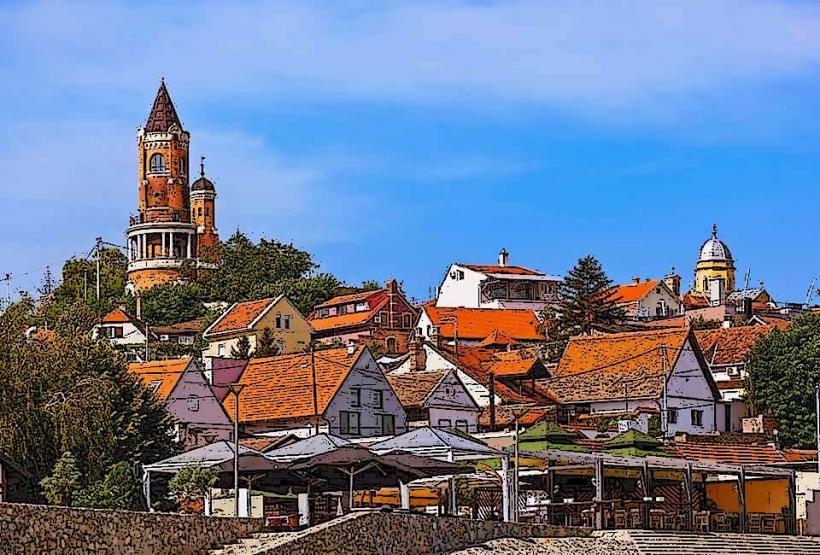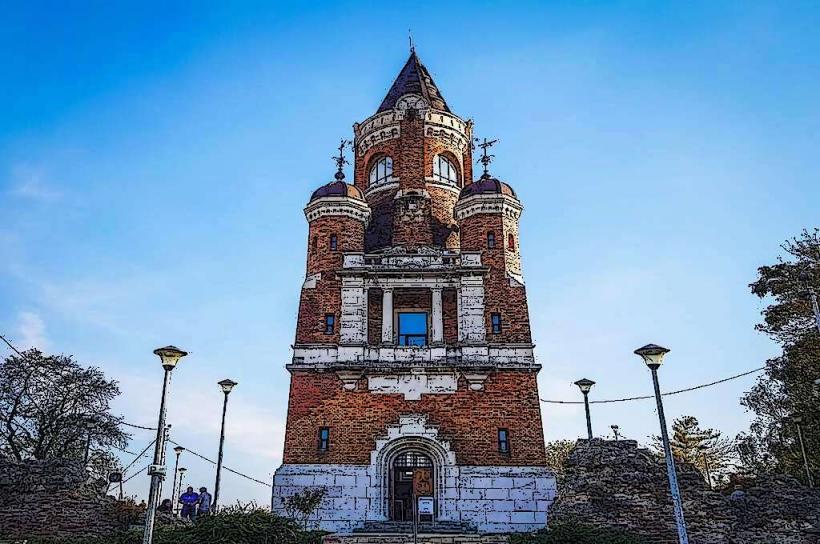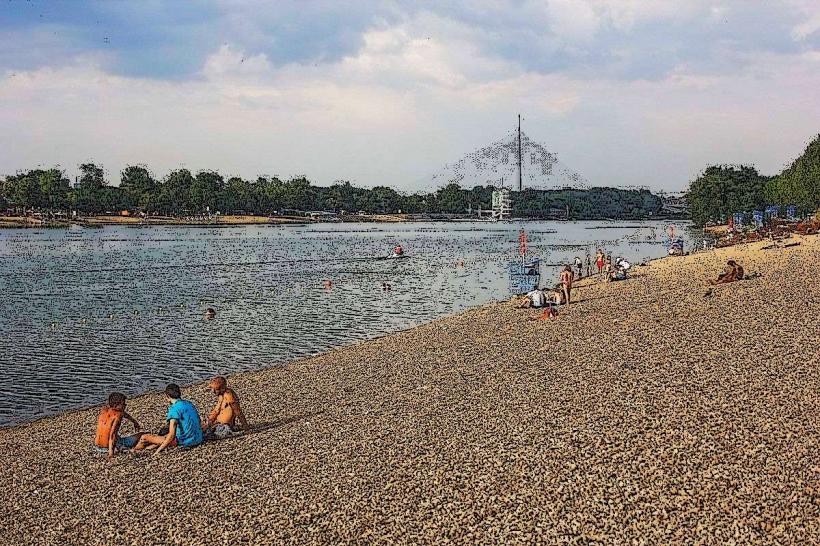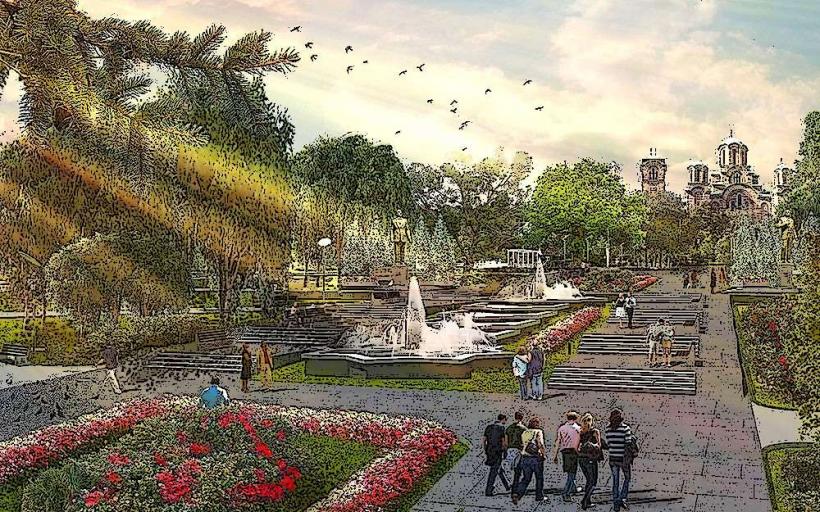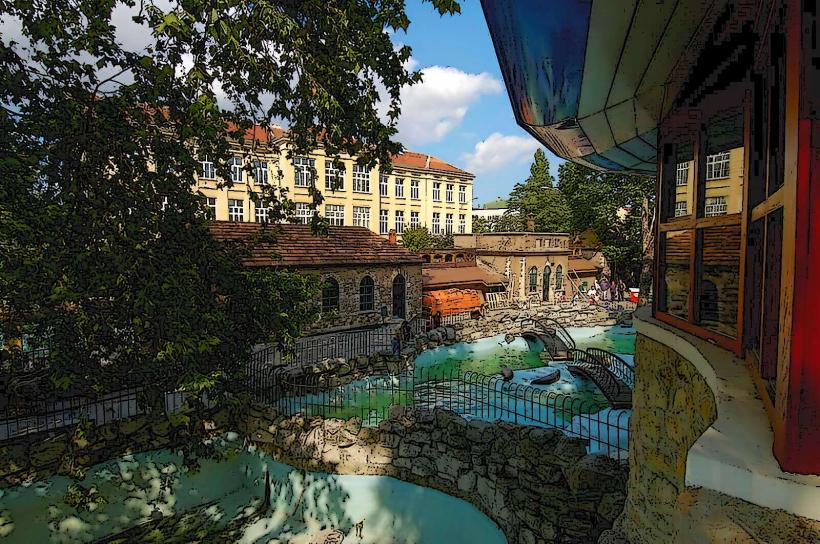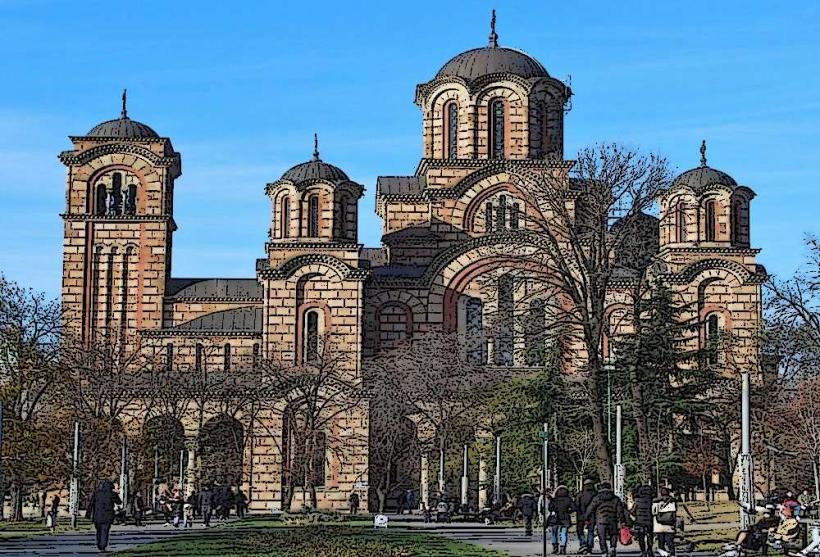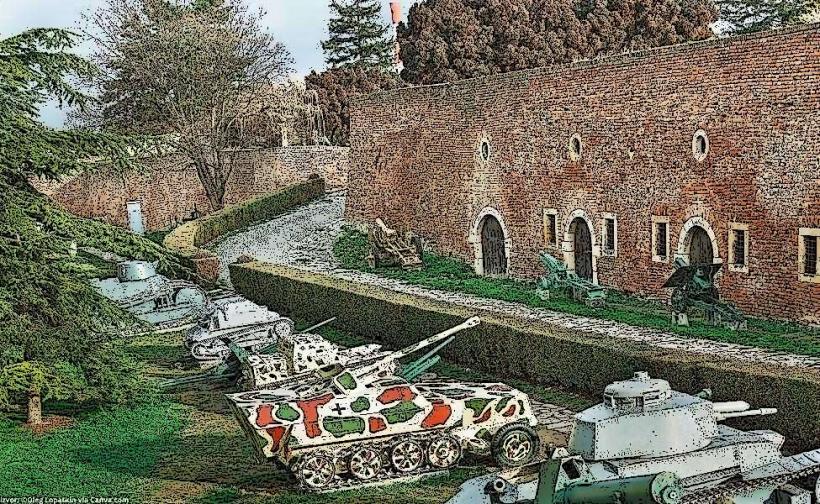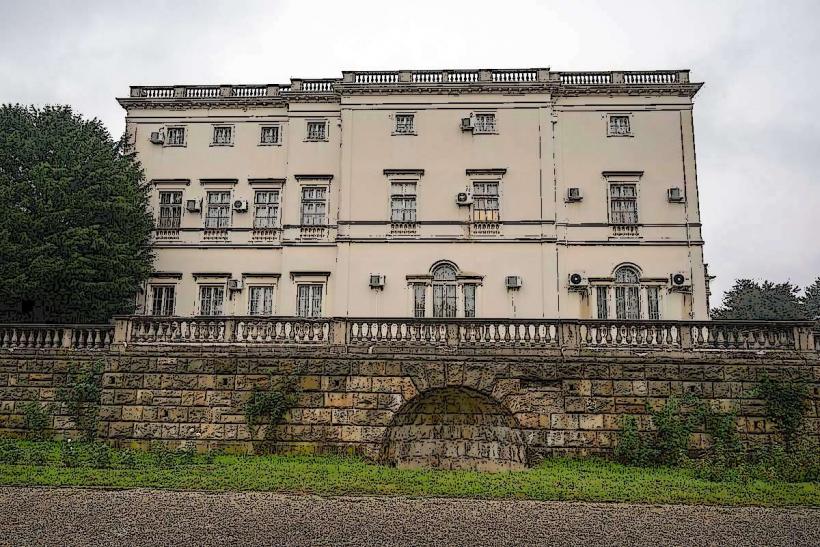Information
Landmark: House of Flowers (Josip Broz Tito's Mausoleum)City: Belgrade
Country: Serbia
Continent: Europe
The House of Flowers (Kuća cveća) is the mausoleum and former residence of Josip Broz Tito, the leader of Yugoslavia from 1945 until his death in 1980. Located on Dedinje Hill in Belgrade, Serbia, it serves as a memorial to Tito and a symbol of the country’s post-war era. Tito's mausoleum is one of the most visited cultural and historical sites in Serbia, reflecting both his controversial legacy and the era of Socialist Yugoslavia.
Historical Significance:
Josip Broz Tito was the leader of Yugoslavia for over three decades, and his death in 1980 marked the end of an era. During his time in power, Tito was one of the most influential figures in the Balkan region and a prominent leader in the Non-Aligned Movement, which sought to create an independent political and economic bloc of countries that were not aligned with either the US or the Soviet Union during the Cold War. Tito was respected for his leadership during World War II, where he led the Partisans in their fight against Axis forces, and he became a symbol of Yugoslav unity and independence.
After Tito’s death, his mausoleum, located at the House of Flowers, became a significant site for both his supporters and critics. The mausoleum serves as a place of homage to his memory but also reflects the political changes that followed the disintegration of Yugoslavia in the 1990s.
Location and Architecture:
House of Flowers (Kuća cveća):
The House of Flowers itself was initially a private residence for Tito and his family. It is situated on Dedinje Hill, a prestigious area in Belgrade. The house was built in the 1960s, and its name, House of Flowers, reflects Tito’s love of flowers and nature, which he often expressed through gardening.
Design:
The building itself is modest in terms of design, reflecting Tito’s preference for simplicity rather than opulence. It is a two-story structure with large windows and a distinctive garden area that adds to the serene, contemplative atmosphere of the space. Despite its relatively humble design, the mausoleum’s location on a hill gives it a commanding presence in Belgrade, with sweeping views of the city.
Mausoleum:
Tito's grave is situated within a small, intimate room inside the house, where his tomb is surrounded by flowers, wreaths, and other tributes. The room is quiet and serene, with a solemn atmosphere, offering a stark contrast to the more vibrant public persona Tito once held.
The Garden:
One of the defining features of the House of Flowers is its well-maintained garden. Tito’s love for flowers and plants is reflected in the lush greenery and colorful flower beds around the mausoleum. The garden is both a tribute to his love of nature and a symbol of his leadership style, which emphasized social unity and peace.
Tito’s Burial and Legacy:
Tito passed away on May 4, 1980, after a long illness, and his funeral was one of the most significant events in Yugoslav history. Following his death, Tito’s body was embalmed and placed in the mausoleum at the House of Flowers, which became a national shrine.
The House of Flowers and Tito’s mausoleum became central symbols of Yugoslav unity and a space for people to mourn and pay respects. For much of the 1980s and early 1990s, the site was regularly visited by dignitaries, officials, and ordinary citizens who admired Tito and his role in the country's post-war development.
Post-Tito Era:
After the dissolution of Yugoslavia in the early 1990s, and particularly following the Wars of the 1990s, Tito’s legacy became increasingly controversial. While Tito had been a unifying figure for many ethnic groups within Yugoslavia, his death marked the beginning of the country’s disintegration, as tensions between various republics, ethnic groups, and political factions escalated.
During this period, nationalist sentiment grew in the newly formed countries that had once been part of Yugoslavia. As a result, Tito and his legacy became subjects of intense debate. Some viewed him as a hero and a unifier, while others saw him as a dictator who suppressed political dissent and individual freedoms.
Despite the division in opinion, the House of Flowers remains an important site for both remembrance and reflection on the complex history of Yugoslavia.
Visiting the House of Flowers:
Museum and Memorial:
Today, the House of Flowers functions as both a museum and memorial dedicated to Tito. It is open to the public, and visitors can explore the exhibits about Tito’s life, his role in World War II, his leadership of Yugoslavia, and his position within the Non-Aligned Movement. The museum houses various artifacts, including personal items belonging to Tito, photos, and documents that shed light on his influence and the history of Yugoslavia.
Tito’s Grave:
Visitors can also pay their respects at Tito’s grave, which is placed in a peaceful room adorned with flowers and wreaths. The space is somber, reflecting both the respect for Tito’s memory and the deep political implications of his legacy.
Surrounding Complex:
The memorial complex surrounding the House of Flowers includes exhibits and outdoor areas, including a small park. There are also statues of Tito, and the entire area has a calming atmosphere that invites reflection on Tito’s place in history.
Accessibility:
The House of Flowers is located on a hill, but it is accessible to visitors via car or public transportation. The site is open for regular visits, and guided tours are available for those seeking a deeper understanding of Tito’s life and legacy.
Key Exhibits:
- Tito’s personal belongings, such as his clothing, photographs, and documents that represent his leadership and political career.
- Mementos from important events during Tito’s time as the leader of Yugoslavia, including gifts from foreign dignitaries and fellow heads of state.
- Models and other displays illustrating Tito’s role in World War II and his resistance movement against the Axis powers.
Conclusion:
The House of Flowers and Josip Broz Tito’s mausoleum serve as poignant reminders of the complex legacy of one of the 20th century's most significant leaders. Tito's role in shaping Yugoslavia, his leadership during and after World War II, and his efforts to maintain unity among the diverse nations and ethnic groups within the former Yugoslavia are all commemorated in the memorial. Despite the controversies that have surrounded his legacy, the House of Flowers remains a place of historical significance, drawing visitors who wish to reflect on the past and its lasting impact on the Balkans and beyond.


